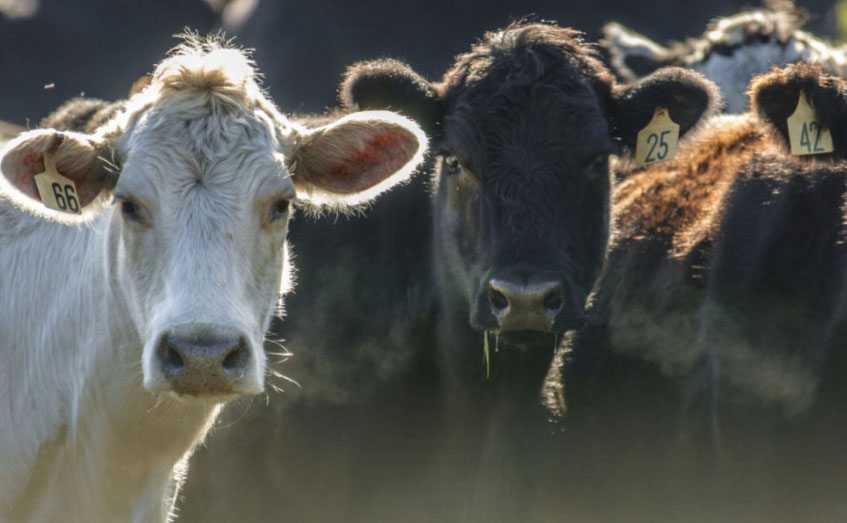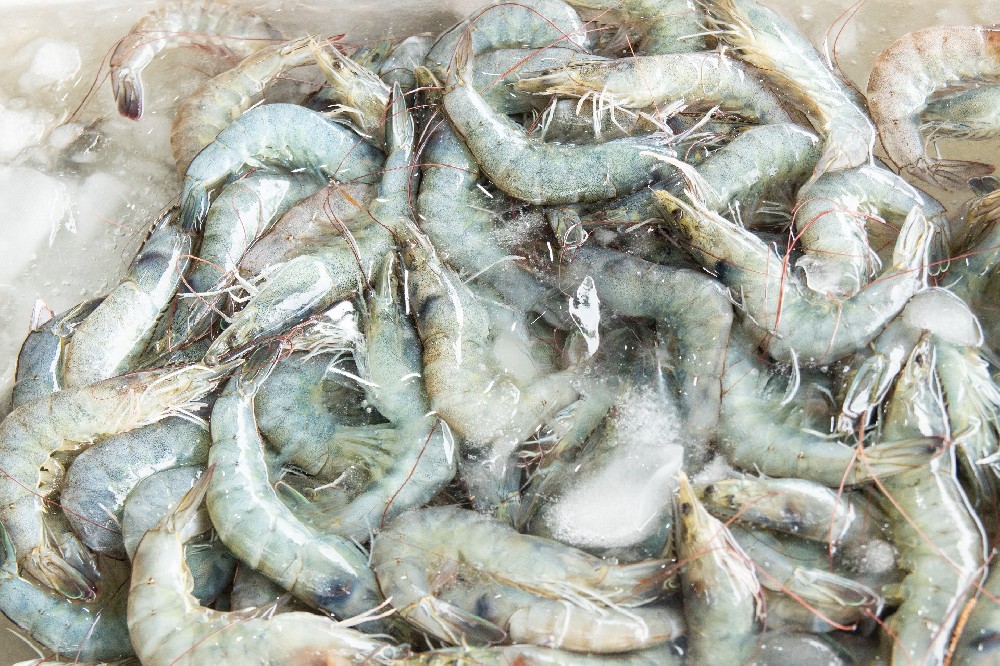Global beef supply tightening and market analysis in 2025

According to RaboResearch's Global Beef Quarterly Report, global beef supply will decline in 2025 for the first time since 2019 due to shrinking herds in the world's four largest beef producing countries, a change that will reshape the beef trade landscape.

Rabobank estimates that global beef supply will be 500,000 tons less in 2025 than last year, or about 1 percent. Brazil, the United States and other major producing countries output decline, of which the United States beef output is expected to be about 11.92 million tons, down 2.8% compared with 2024, export volume of about 1.225 million tons, down 8.8%; Brazil due to herd shrinkage, output is expected to drop to 11.8 million tons, down about 1%; EU due to economic regulatory policy uncertainty, is expected to drop 2%; China due to domestic breeding efficiency decline and industrial adjustment, output is also facing decline.
Recently, beef prices in the international market have been rising. As of October 2024, the beef price index on the international market increased by 12.4% from January. Beef prices in major producing countries such as the United States and Australia are driven up by tighter supply and demand, declining beef stocks and increased consumer demand in the United States, increased domestic slaughtering and processing demand in Australia, and a shortage of live cattle due to continued increase in slaughter in Brazil.
According to the situation in 2024, the global beef production is basically stable, and the increasing countries offset the decreasing countries. However, in the medium and long term, Brazil, China and other major producing countries may shift from increasing production to reducing production, further exacerbating supply tension, and global beef prices may show a cyclical upward trend in the future.
Changes in global beef supply have different impacts on national markets. In North America, beef prices have been at high levels for nearly two years due to declining cattle numbers and strong demand, while in South America, Australia and New Zealand, beef prices have begun to recover as global prices stabilize. Australia beef producers will rely more on exports, while Brazil sees better demand opportunities in the global market.
For China market, the impact of rising international beef prices is gradually apparent. On the one hand, importers reduce or delay imports due to rising costs; on the other hand, the price difference between domestic and foreign beef narrows, and consumers prefer domestic beef, which helps to increase their market share. At the same time, factors such as the decline in domestic beef cattle breeding benefits affect production, and under the background of tight global supply, the domestic beef market is expected to accelerate out of the trough and prices will stabilize and rebound.
-

Ecuadorian Shrimp-It's Not Easy To Love You
2024-07-04 -
The AI Lecture of Zhanjiang Chamber of Commerce was successfully held in Quanlian Centralized Procurement, helping the enterprise to upgrade its digital intelligence
2025-04-18 -
Tilapia Tariff Raised to 45%, U.S. Market Waiting for Change
2025-04-02 -
Into the Northwest Frozen Food Hub| All-Union Centralized Procurement Visits Lanzhou Jiaojiawan Frozen Market
2025-03-07 -
China's Ministry of Commerce's latest response to the US imposition of a 10% tariff on Chinese exports to the United States
2025-03-04 -
Ecuador shrimp industry new era, 2024 top ten shrimp enterprises list announced
2025-02-26













